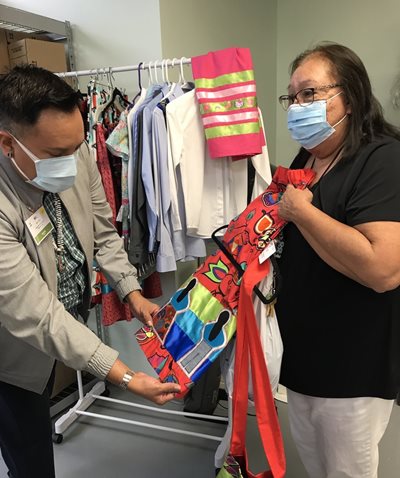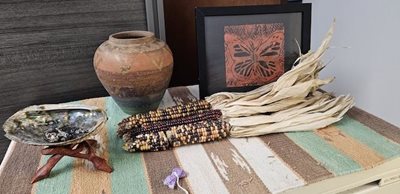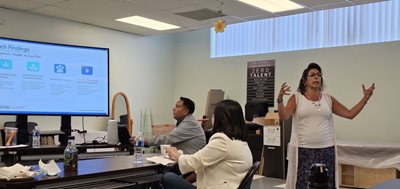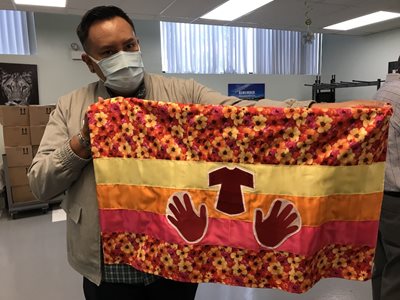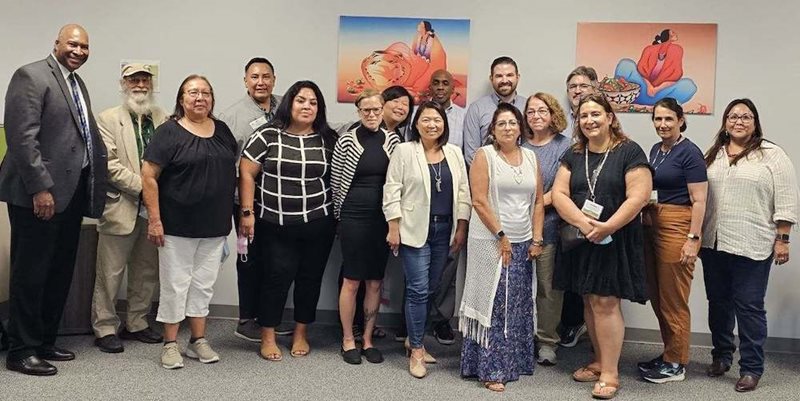During a Native-focused event at the recent NeighborWorks Training Institute (NTI), participants were quick to point out that if you’ve seen one tribe, you’ve seen exactly that: one tribe out of the diverse, 574 federally recognized tribes in the U.S. Their communities are diverse, too. As NeighborWorks staff work to deepen knowledge of Native communities to help support housing and community development work, Mel Willie, director of Native Partnerships and Strategy, organized a site visit to show some of the support services for one Native community in Chicago. The visit included both a tour of the American Indian Health Service of Chicago and a presentation for a proposed urban Indian housing complex. Attendees included members of Akwe:kon, NeighborWorks’ internal working group
The overall goal was to increase understanding around Native housing in an urban community, says Willie, and to show "what urban Native could be."
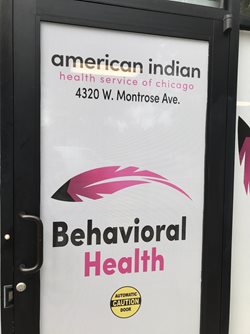
Her plans include a new apartment building that will accomodate a variety of Native residents with a large space for community gatherings. The site, to be located near the health center, will have a strong connection to nature and incorporate Native design.
Construction for the development, which would include 100% affordable housing of one-, two-, and three-bedroom apartments, should be completed in 2025, says Tucciarelli, who also gave the land acknowledgement for NeighborWorks’ symposium, "Climate Resilience: Fostering Health, Wealth and Sustainability in Communities for People of Color."
The American Indian Health Service, which focuses on both behavioral and physical health, sees 5,000 people in a given year and includes space for both health and community. "You can’t do Native without doing culture," explains Dr. Albert H. Mensah, whose specialty is transgenerational trauma. "And we cannot have healing without having gathering. That’s an important part of the program."
Some of the gathering that takes place includes supportive programming, dancing, First Laugh ceremonies, education about plant medicines and traditional foods and sewing, so that individuals young and old and work on traditional Native clothing for events. "We want them to know culture and traditions," explains Cyndee Fox-Starr, cultural coordinator. "We have to get families dancing."
This month's NTI included a meeting of network organizations that received Native Partnership grants, and a focus on strategy. NeighborWorks will share more takeaways from the convenings in the coming weeks.
